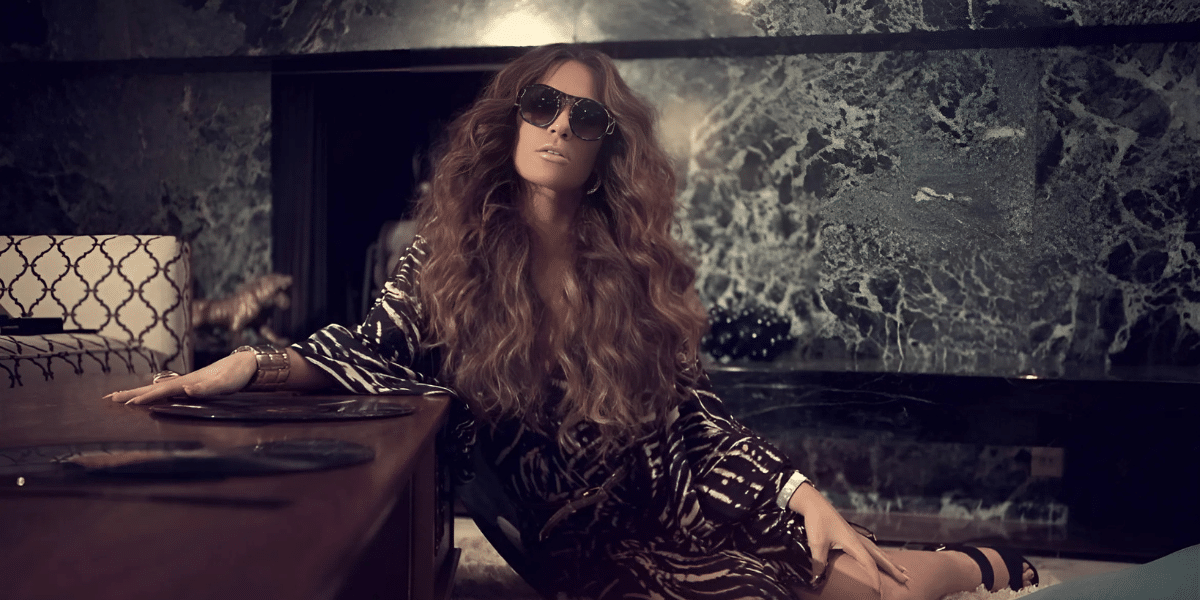How Can Camera Movement Enhance Your Videos?
Camera movement is a powerful tool in cinematography. It can add dynamism and emotion to your scenes, making your videos feel more immersive and engaging. There are several ways to incorporate camera movement effectively.
One of the most popular techniques is the tracking shot. This involves moving the camera along with the subject, either following them from behind or moving alongside them. This technique is great for action scenes, as it makes the audience feel like they are part of the action. To achieve smooth tracking shots, you can use equipment like dollies, sliders, or even handheld gimbals.
Another effective technique is the crane shot. By raising or lowering the camera, crane shots provide a dramatic change in perspective. This can be used to reveal a large landscape or transition between different levels in a scene. Crane shots can create a sense of grandeur or scale that static shots often cannot achieve.
Panning and tilting are simpler yet effective camera movements. Panning involves rotating the camera horizontally from a fixed position, which is excellent for capturing wide landscapes or following a moving subject. Tilting, on the other hand, is rotating the camera vertically, which can emphasize height or introduce a character from head to toe.
What Role Does Framing Play in Cinematography?
Framing is crucial in cinematography because it determines what the audience sees and how they interpret the scene. Proper framing can guide the viewer’s attention to the most important elements and create a balanced and aesthetically pleasing composition.
The rule of thirds is a fundamental principle in framing. By dividing the frame into a grid of nine equal parts, you can place key elements along these lines or at their intersections, creating a more engaging and balanced composition. For instance, placing a character’s eyes along the top third line can make the shot more dynamic.
Leading lines are another effective framing technique. These are natural lines within the scene that lead the viewer’s eyes to the subject. Roads, bridges, or even shadows can serve as leading lines, adding depth and directing attention.
Symmetry and asymmetry also play vital roles in framing. Symmetrical compositions can create a sense of harmony and balance, often used in formal or structured scenes. Asymmetrical compositions, however, can introduce tension and interest, making the scene feel more dynamic.
Depth of field is another important aspect of framing. By adjusting the focus, you can blur the background and foreground, emphasizing the subject. A shallow depth of field is often used for close-up shots to isolate the subject and draw the viewer’s attention to specific details.
How Can Lighting Setups Transform a Scene?
Lighting is one of the most critical elements in cinematography. It sets the mood, creates depth, and highlights important aspects of the scene. Mastering different lighting setups can significantly enhance the visual appeal of your videos.
Three-point lighting is a basic yet effective setup that includes a key light, fill light and backlight. The key light is the main light source, usually placed at a 45-degree angle to the subject. It provides the primary illumination and creates shadows. The fill light is placed opposite the key light to soften the shadows and reduce contrast. The backlight, positioned behind the subject, adds depth by separating the subject from the background.
High-key lighting is a technique that creates a bright, even illumination with minimal shadows. This setup is often used in comedies, commercials, and scenes that require a cheerful and open atmosphere. It uses multiple light sources to reduce contrast and create a soft, inviting look.
Low-key lighting, on the other hand, is characterized by strong contrasts and deep shadows. This technique is perfect for dramatic or mysterious scenes, as it adds intensity and depth. By using a single key light with little to no fill light, you can create a moody and compelling atmosphere.
Color temperature also plays a significant role in lighting. Warm light (with a lower color temperature) can create a cozy and intimate feeling, while cool light (with a higher color temperature) can evoke a sense of coldness or detachment. Mixing different color temperatures can add complexity and emotion to your scenes.
Creating Visually Compelling Scenes
Combining camera movement, framing, and lighting techniques can help you create visually compelling scenes that captivate your audience. Start by planning your shots meticulously. Storyboarding can help you visualize the scene and determine the best techniques to use.
Consider the emotion you want to convey and choose your techniques accordingly. For instance, a slow dolly-in combined with soft, warm lighting and a shallow depth of field can create an intimate and emotional moment. In contrast, a fast-tracking shot with high-contrast lighting and dynamic framing can heighten the tension in an action scene.
Experimentation is key to finding your unique style. Try different angles, movements, and lighting setups to see what works best for each scene. Don’t be afraid to break the rules if it serves your creative vision.
Mastering advanced cinematography techniques can transform your videos from ordinary to extraordinary. By skillfully using camera movement, framing, and lighting, you can create visually compelling scenes that engage and move your audience. Whether you’re a seasoned filmmaker or just starting, these techniques will help you bring your creative vision to life.






